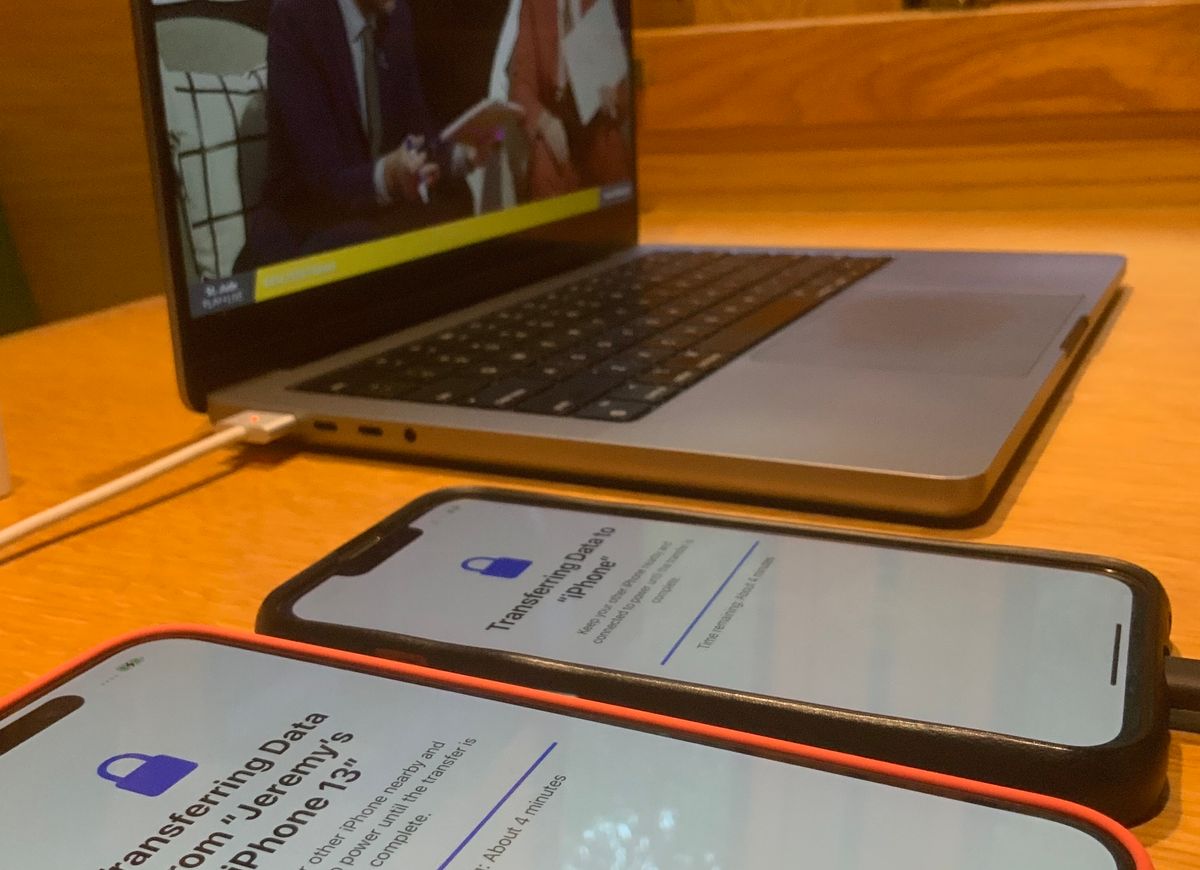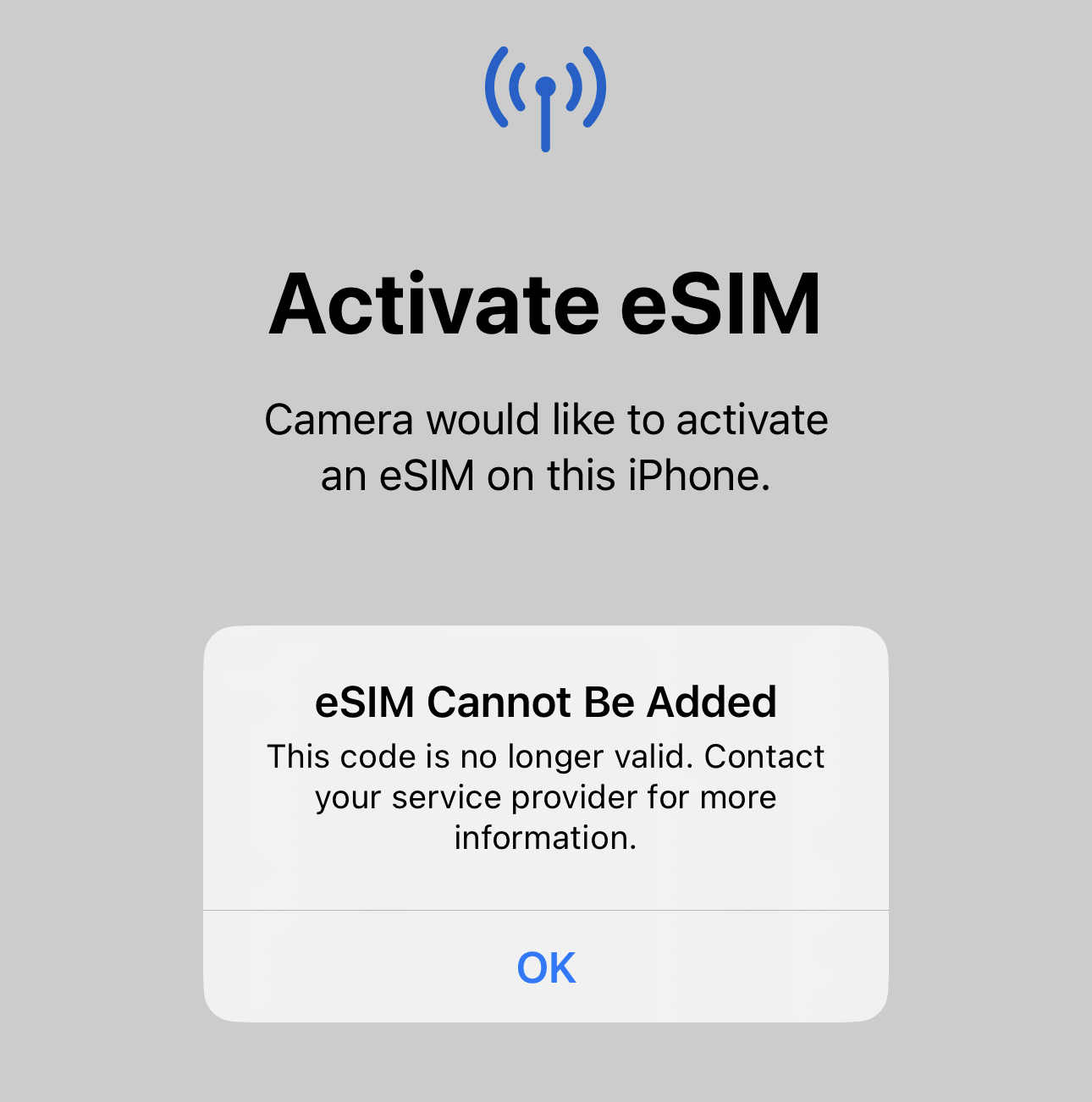Stranded by eSIM and iPhone 15
If you care about your phone number, choose your eSIM carrier carefully.

I'm part of a small and stupid group of people that decided to change phone carriers using an eSIM mere days before upgrading to a new phone.
Why does this matter? eSIMs, unlike physical SIMs, require activation by carriers when moving to a new device.
And the carrier I chose to move to ahead of my new phone purchase, is low-cost UK carrier Lyca Mobile.
Lyca Mobile, in all its wisdom, has eSIMs that do not support the new iPhone 15 and iPhone 15 Pro. Users in the UK who started getting their new iPhone models on 22 September 2023 quickly realised that Lyca doesn't yet support these, for whatever reason.
@LycamobileUK constant errors trying to add eSIM on iPhone 15. Customer service advising eSIM is not compatible with iPhone 15 models yet. Can you confirm this and advise how we continue to use Lyca service?
— Chris (@muncs22) September 22, 2023
Response from Lyca Mobile UK
Speaking with Lyca Mobile customer support, I was told on 22 September 2023 that the issue is known, and QR codes generated by Lyca won't activate on the iPhone 15 series.
The operator informed me that new QR codes would be emailed within two hours. Others were told 6 hours.
Calling back within two hours, I was told the ETA was now 24 hours until new QR codes would be sent out. Which would have been Saturday 23 September 2023.
At the time of writing, there have been no further updates from Lyca Mobile, and users who continue to purchase iPhone 15 using a Lyca eSIM cannot activate their number on the new device.
Update: Lyca Mobile UK supported eSIM on iPhone 15 as of 27 September 2023.

How it's supposed to work
eSIM transfer, for some reason, isn't prompted as part of a new iPhone setup for all carriers.
Update: it seems that eSIM transfer is automatic and prompted, if your eSIM carrier supports eSIM Quick Transfer. The list of carriers that support this in 2023 outside of the United States is considerably smaller than the list of carriers that support eSIMs in general.
eSIM transfer options works like this:


In my case, it wasn't clear which of my two primary eSIMs were being transferred. I wasn't given the option to pick.
But in any instance it didn't matter, as I was informed quickly that I didn't have a supported SIM and to (those dreaded words) contact your service provider for assistance.

The more common path
It seems that many carriers are not supporting Apple's eSIM transfer tool, and instead opting to handle the process using their own apps.
In the instance of major Australian phone carrier Telstra, while it would have been preferable to support Apple's eSIM device-to-device transfer, the actual process was no more cumbersome than many apps that require logging in again after moving to a new phone.
Logging into the Telstra app, choosing an option to install the eSIM on the current device, and a single text message to the number for verification was all it took.
Choose your eSIM carrier wisely
I'm a huge advocate for eSIMs when travelling, due to the flexibility they bring for temporary use. Being able to buy and install an eSIM with five or ten gigabytes of data before even landing in a new country is a huge time saver.
Most travel eSIMs like Airalo expressly state they are single-install SIMs. That is: you install once on a device, and that's it. Given these are most commonly used for a few weeks at the most, this doesn't seem a major issue.
But for your primary phone number, which is something increasingly (and maddeningly) being used for two factor authentication, choose your eSIM carrier wisely.
Carriers that get a reputation for simple one-tap eSIM transfer is what you want.
A company that doesn't support the biggest phone launch of the year for days, and has no accurate ETA for when they will, is not one you want to trust with your precious phone number. And right now, that's Lyca Mobile UK.